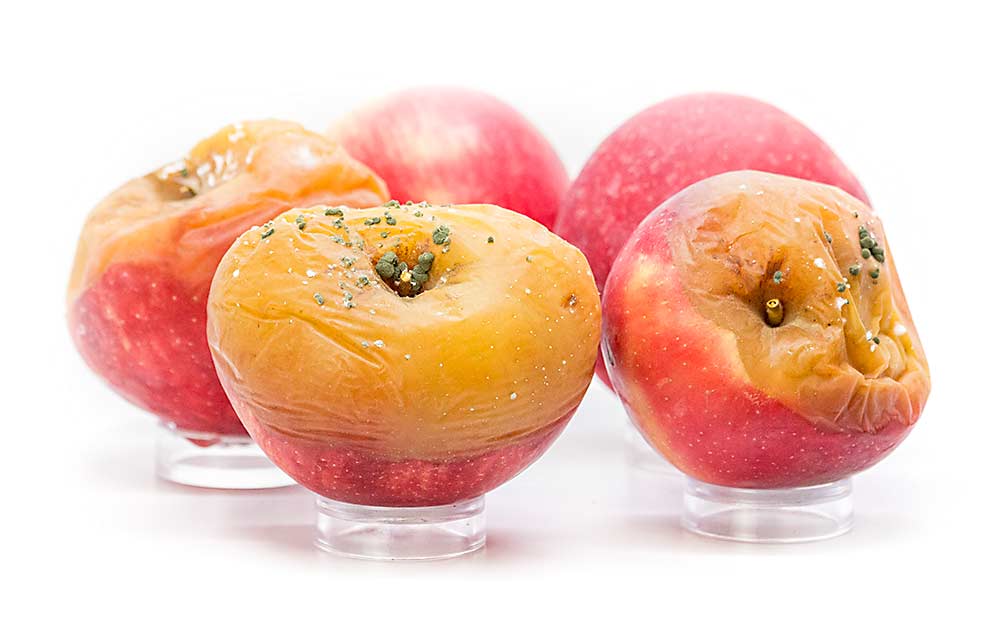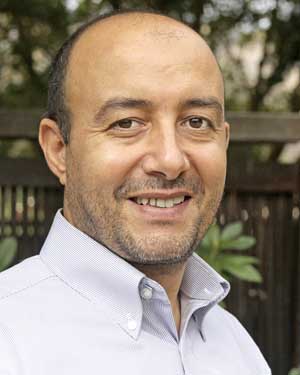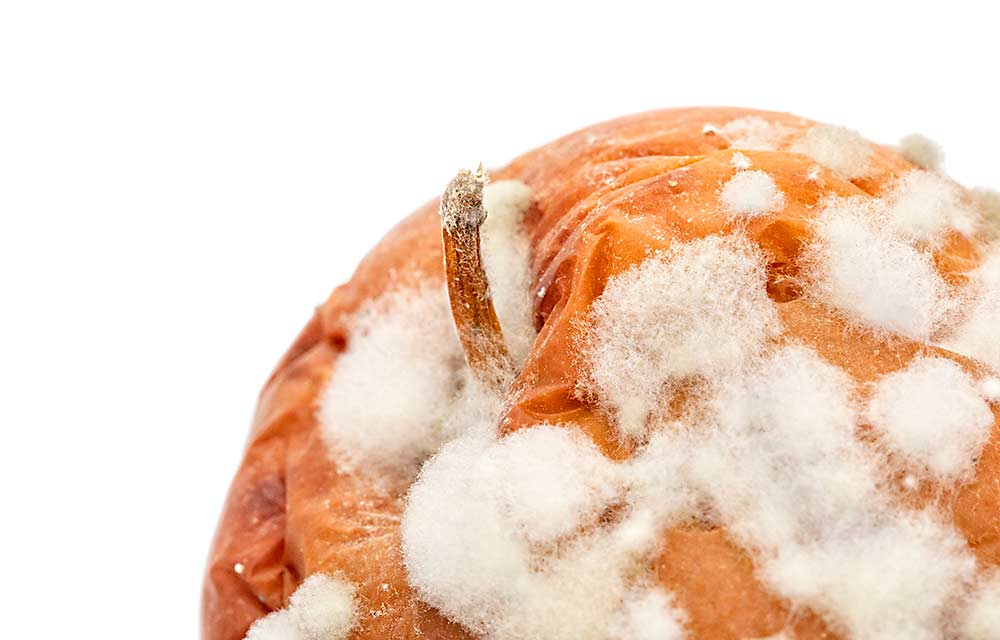
New fungicides on the horizon are few and far between. That means growers and packers need to be proactive about protecting their existing options in the face of pathogen resistance.
Most synthetic fungicides have a targeted, single-site mode of action — a double-edged sword because it makes the product highly effective yet poses a higher risk for resistance, said Washington State University pathologist Achour Amiri. Fungicides that target the same modes of action are referred to as being in the same Fungicide Resistance Action Committee (FRAC) group.
Fungicide resistance is a combined risk between the pathogen and the fungicide’s mode of action. “It’s based on their genetics and the way they are exposed to the fungicide,” he said. “If you have an airborne fungus like mildew or botrytis or penicillium, there’s a large population of that fungus that’s exposed.”
That explains why soilborne pathogens tend to pose a lower resistance risk, but fruit-surface pathogens that have a lot of contact with chemicals, such as blue mold (penicillium) and gray mold (botrytis), pose higher risks for resistance. High-risk fungicides include FRAC groups 1, 7 and 11, Amiri said, while low-risk fungicides include multisite products, such as FRAC 12, along with copper and sulfur.

He tracked resistance to preharvest and postharvest fungicides in Washington pome fruit orchards and packing lines for the past few years. Now, he’s sharing the risks he found, and how best to mitigate them and protect key products, with a talk at the Washington State Tree Fruit Association’s Annual Meeting in December and an upcoming workshop in Wenatchee in March.
Blue mold and gray mold are his top priorities.
“These two pathogens make up 75 percent of the total decay found in apples, postharvest, and 50 percent in pears,” Amiri said.
Amiri surveyed thousands of pathogen isolates collected at Washington and Oregon packing houses as part of a Washington Tree Fruit Research Commission-funded project. In a 2019 final report on apple surveys, he noted that blue mold showed resistance to thiabendazole, TBZ, (Mertect) in 60 percent of the lots and pyrimethanil (Penbotec) in 52 percent. For gray mold, it was 55 percent and 46 percent, respectively, along with 38 percent resistance to pyraclostrobin and boscalid (Pristine) and 15 percent to fluxapyroxad (Merivon).
Plus, he found reduced sensitivity to fludioxonil (Scholar). “That means the label rate will control this population, but they are at risk,” he said.
However, those are statewide averages; the local resistance can vary widely from warehouse to warehouse, so it’s unwise to make broad recommendations.
“We can see here that nearly 40 percent of packers can still use TBZ” against blue mold, Amiri said, citing data from his survey. “About 55 percent have a low risk for Penbotec and nearly 70 percent did not show any resistance to fludioxonil/Scholar.”

For gray mold, 60 percent of warehouses still have low risks using TBZ, 50 percent have a low risk for Penbotec, and 88 percent have a low risk for Scholar.
Once packers know what resistance they have to contend with, the next step in management is to figure out where in the chain they are selecting for resistance, Amiri said. In the case of blue mold, the spores can linger in the air, on walls and bins of storage rooms, giving the pathogen months of constant selection pressure that favors resistance. For botrytis, which starts in the orchard, the preharvest fungicide doesn’t degrade in cold storage, also presenting constant selection pressure to the pathogens.
That’s why sanitation is crucial, Amiri said. “The way fungicide resistance is selected is through exposure of the population,” he said. Cut down on the spores present and you mathematically reduce your odds of hitting unlucky evolution of resistance. Just relying on fungicides without sanitation increases the risk.
For botrytis, the same principle applies in the orchard. A regular spray program in the orchard — three to four sprays during the season — is more effective than attempting a “cleanup” spray just before harvest when lots of inoculum is present.
“I recommend that you use the high label rate. You have better control and it reduces the inoculum and the exposures, so you have less risk for resistance to be selected,” he said.
For storage rooms, fogging with ozone or peroxyacetic acid minimizes the risk of resistant pathogens persisting into another season. The closer to harvest, the better, to minimize the risk of reinfection, Amiri said.
Product rotation remains key, as well. He recommended packers rotate every year and growers rotate throughout the season, being mindful to rotate FRAC groups and not just products. •
—by Kate Prengaman
Good to go:
What: Storage Rots Management: from Orchard to Packing
When: Wednesday, March 4, 8:30 a.m. to 5 p.m.
Where: Confluence Technology Center, Wenatchee, Washington
Register and more information: treefruit.wsu.edu/event/postharvest-workshop






Leave A Comment